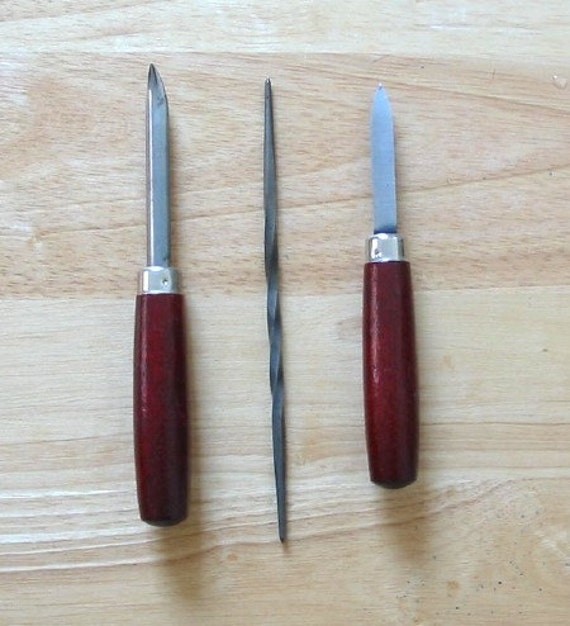
I think that you do give up something when working with solarplate, however. Lady at Hampton Court is a traditional photo-etching with considerable reworking in the sky. As a result, many university art programs have shifted to this newer technology. It is also safer and more environmentally friendly, as you eliminate the need for several chemicals and your acid bath. Solarplate is considerably easier, in my opinion. Whether you are working with traditional materials or solarplate, you have the potential to produce beautiful images. Advantages and Disadvantages of solarplates The positive looks somewhat anemic, but the shadow areas on the plate will get enough random exposure to hold substantial amounts of ink. Secondly, print the positive as a random dot bitmap. You must manipulate this positive in two ways.įirst, curve the tones so that the darkest tone is no greater than 70 percent black. I have found that you can skip the aquatint screen step if you are using a digital positive to expose the solarplate. This will avoid the undercutting problem. Most literature suggests that you make a second exposure with an aquatint screen to get additional random hardening in the open areas. In solarplate, you must expose the aquatint onto the plate. The darkest areas required aquatint by exposure. Bern Stairway was made from a digital positive exposed on a solarplate. This layer adds an additional resist in the open areas and will help the printmaker retain good tone in the shadows. Traditional printmakers solve this problem with an additional step called aquatinting, which is the application of a thin layer of rosin dust prior to the acid etch. These are said to be over bitten or under cut. Large open areas on a plate will not hold ink. Run the plate through an intaglio press in contact with the damp paper.Develop the plate in water with gentle scrubbing for a minute or two.Expose the light-sensitive solar plate in contact with a positive image.The ink will be forced out of the recesses, forming your print. Run the plate through an intaglio press in contact with damp paper.The acid will bite into the unexposed areas, forming recesses. The portions of the plate which retain color will form a resist to acid. Develop the plate in chemical developer, which is an acetone with dye.Expose the light-sensitive zinc plate in contact with a positive image.An Overview of Old Fashioned Photo-etching (Revere Zinc Plates) Anything Goes was made with with a solarplate. And each will produce a plate mark, which is characteristic of an intaglio print. Each can be used to produce one-off images or an edition of similar images. Solarplate is a light-sensitive polymer on a steel backing, which is developed and etched with water.īoth types of plates will then be inked and prints made by use of a printing press. After exposure, the recesses are formed by an acid etch. The traditional method makes use of pre-sensitized zinc plates and an acetone developer. Two easier methods of photo intaglio for the alternative printmaker are traditional photo-etching and solarplate. Photogravure is a fiddly process, demanding a high level of craftsmanship. Two Kinds of Photo Intaglio: Traditional Photo-etching And Solarplates Both Peter Henry Emerson and Alvin Langdon Coburn chose photogravure as a means of printing for their pictorialist images. Daguerre and Fox Talbot made their own contributions a few years later, and photogravure (a form of photo intaglio) became a commercial process for reproduction in the late nineteenth century.ĭuring the height of the photo-secession, Alfred Stieglitz used photogravure in his periodical, Camera Work. He called the images produced from these plates heliographs. In the 1820’s, Niepce invented a photomechanical process using sensitized pewter plate. Photo intaglio goes back to the origins of photography. A Little History of photo intaglio printing: The softer areas will be eaten away and will become the recesses which will hold the ink. The emulsion on the plate hardens where it receives exposure and will resist acid in the etching process. How about photo intaglio?Ī piece of original artwork (photograph, drawing, collage, or whatever) is reproduced onto transparent or translucent film or paper, then exposed onto a light-sensitive plate. A print is made when damp paper is laid onto the plate, and the two are rolled under pressure together in an etching press. The plate is inked, then wiped clean so that the ink lies only in these recesses. In this type of print, lines or textures are cut or etched with acid into the surface of a metal plate.

The word intaglio comes from the Italian language, and it means carved or recessed.

Writer and Photographer / Barbara MaloneyĪlways be careful when handling chemicals. What is an intaglio print? Barbara Maloney explains what photo intaglio is.


 0 kommentar(er)
0 kommentar(er)
